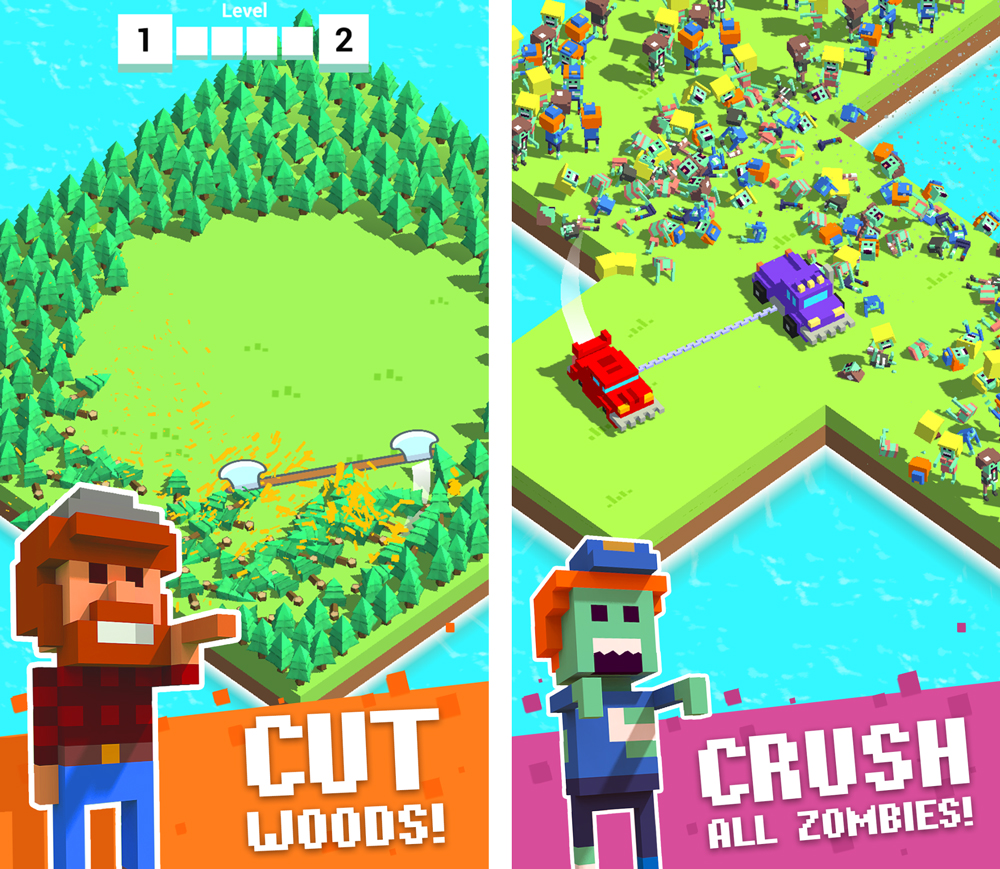Experience in testing competitiveness and demand with App2Top.ru the director of the Belarusian studio Indigo Bunting — Evgeny Trufanov shared.

Evgeny TrufanovCompetitiveness
We consider one of the main components of the success of the game to be its competitiveness in the market. It’s not just about whether the game stands out from others, but also how attractive it is to users in general.
It is important to think about this from the earliest stages of development — even at the stage of idea and concept formation. Without answering the key questions, you will not be able to provide the game with a sufficiently low CPI, which will allow you to fully scale the product.
Among the key issues may be the following:
- Does the game meet modern trends?
- How does the audience feel about the selected mechanics?
- Do players like the setting?
- How well does the audience perceive the selected gameplay visually?
It is not difficult to get answers to them. Sometimes it’s enough to do a little marketing research and study the data. But we usually don’t stop there. To determine demand, we do A/B testing on live products or using video.
Case
For example, to find out which setting is best suited for our game (and also how interesting the chosen mechanics are to the players), we have prepared two projects with the same gameplay: Lumberjack and Zombie Cut. The gameplay of both games was created in the image of Grass Cut.
The differences between the projects were reduced only to the visual. In Lumberjack, an axe cuts down Christmas trees, and in Zombie Cut, post-apocalyptic cars crush zombies. The task both there and there is to clear the playing field without falling into the water.

We have prepared simple creatives, which showed only the gameplay, without processing:
Then we launched two advertising campaigns on Facebook and got the following results:

There is a significant difference in the cost of attracting users between projects. The CPI in the Lumberjack and Zombie Cut campaigns differs by more than 2.4 times in favor of Lumberjack.
In other words, the image of an axe chopping a Christmas tree turned out to be 2.4 times more attractive to a wide audience: for the same marketing budget, it was able to attract many times more users.
The low CTR of both projects, in turn, showed that the mechanics of the games, together with the proposed variants of the visual part, are not of interest to the audience. In other words, both Lumberjack and Zombie Cut are uncompetitive, not interesting to the audience.
How to test?
So, as we just found out, demand can be easily tested. The main advantage of such testing is that it is not necessary to spend money on development. Enough:
- prepare several promotional videos (it can be a video of the same gameplay in different settings or different gameplay in the same setting, the main thing here is to understand what exactly you want to find out);
- launch these videos in the quality of advertising A/B campaigns;
- track the results (what comes in better, what attracts the audience more).
Based on this, you will understand how much you will have to buy one user for the final product and whether this will make sense with the planned monetization.
For example, if we are talking about hyper-casual games, then it is important to aim at the widest possible audience, since monetization in such games is mainly advertising. This means that creatives should have the lowest possible CPI with a high conversion to transitions or downloads.
The Lumberjack and Zombie Cut mentioned above had a very low CTR — 1.02% and 0.60%, respectively. Within this niche, you need to strive for a minimum of 3-5% CTR.
What should the video be like?
To get a representative video, you need to take the real gameplay and show it without processing. The indicators of such videos are important indicators of how much the mechanics or setting potentially enter the audience.
Optimizing creatives by experimenting with marketing materials should be done only later, on a specific product that has proven its viability.
Here are a few rules that we try to adhere to when creating the first test creatives:
- the video should only show the gameplay;
- visually, the gameplay should be clear to the user;
- the video should be as simple as possible in terms of design (without visual garbage).
If you make a bad video, the result may be deplorable:

Balance of supply and demand
But you should not rely solely on testing. It is important to keep in mind not only how much your game can potentially reach the audience, but also the overall market situation. By analogy with our Grass Cut clones, let’s look at the confrontation of two games in the top USA: Roller Splat! from Voodoo and AMAZE!!! from TabTale.

The chronology of this confrontation is as follows:
- On January 26, Voodoo launched a minimalistic puzzle Roller Splat! in softlonch. On February 14, it was released worldwide.
- However, on February 16, TabTale launched a project with the same game mechanics — AMAZE!!!.
- However, AMAZE is fully deployed!!! in the USA, as far as can be judged by the dynamics of downloads, it started only by the end of March.
- Despite the later appearance and the same mechanics, AMAZE!!! We managed not only to compete on equal terms with Roller Splat!, but also to overtake it in May in terms of downloads.
Such large publishers as Voodoo and TabTale have huge budgets to attract users, they sift through a huge layer of audience and can afford to compete with each other. However, in the course of this struggle for users, they overheat the price (CPI) within the niche. The latter radically complicates scalability for small companies.
For this reason, you should not make clones. Although the project may show demand on tests, but with a full-scale purchase of traffic, you will not be able to get an adequate CPI for yourself.
This does not mean that you should completely abandon the popular mechanics available on the market. It is important to maintain a balance between a new, original way and the mechanics familiar to players.
***
Squeeze:
- always try to create a product that is in demand;
- test demand in the early stages;
- don’t make clones of popular projects;
- when choosing a niche and genre, consider the balance of supply and demand;
- add newness while maintaining familiar and understandable mechanics.
If you liked the article, write your wishes in the comments, what information about the development and promotion of mobile games you would be interested to know, and I will be happy to share my experience.
